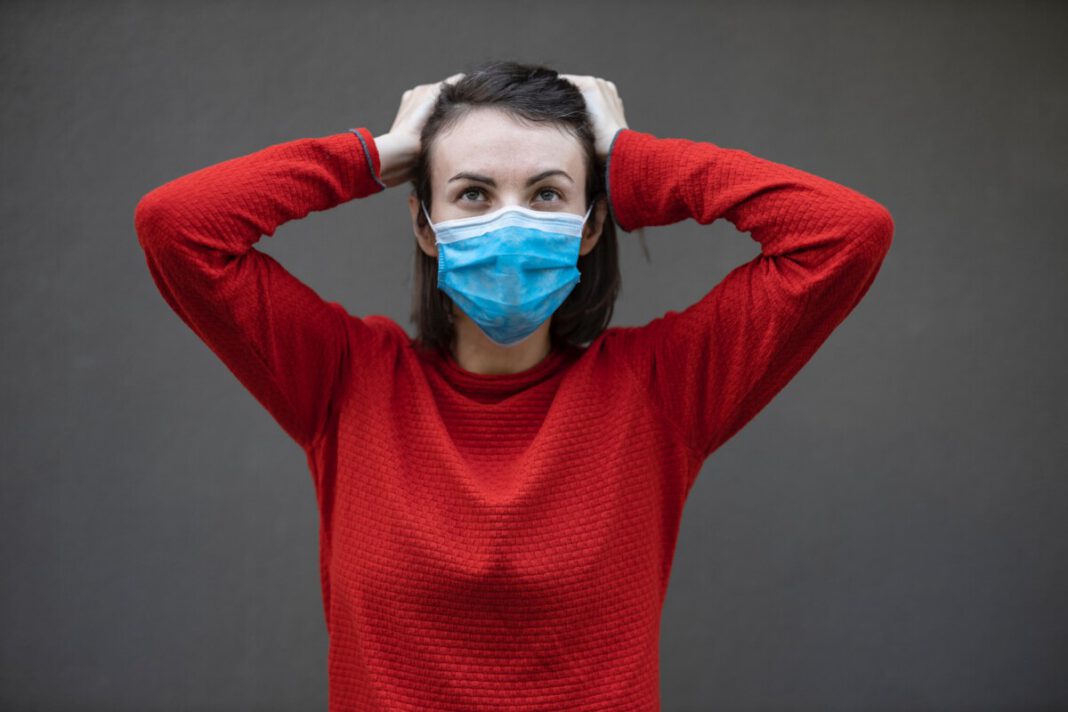The RIVM has lost optimism for an early end to the second wave of coronavirus in the Netherlands. Jaap van Dissel, head of infectious disease control, and Jacco Wallinga, responsible for the calculation modelling, say we may well be riding this wave through March, in an interview with the NOS.
The RIVM representatives say the government cannot solely be responsible for containing the spread of the virus, and that citizens should take more of “a co-ownership of the problem of coronavirus spread.”
Wallinga says it is “very realistic” that it will be March by the time we see virus levels back down at the “watchful” level. “Last time we looked at mid-January, with fairly large uncertainty. It could also be December or even March.” He continues, “Now that has all been pushed back, but the uncertainty is also greater.”
“Sense of urgency is diminishing”
Van Dissel explains that the decline is happening so slowly in part due to people’s reluctance to work from home. “It is busier on the road than it was in March. Ultimately, this translates into the number of contacts that partly determines how many infections there are.”
“You also get the feeling that as soon as favourable messages are reported, people’s sense of urgency diminishes,” says Van Dissel, pointing out the busy shopping streets and groups of people walking around in public.
When asked whether the autumn holidays may have been a factor in the initial decline in new infections, Wallinga replies that it is indeed possible. “It coincided, so it is very difficult to distinguish the effect of the lockdown and what the effect of the autumn holidays was.” He says that in general, holidays are associated with fewer infections because “children do not go to school and people are no longer at work.”
“Italian lockdown”
The NOS inquires as to whether a two-week “Italian lockdown” would help, meaning people would only be allowed to go outside for necessary shopping.
“In general, that’s a very good idea,” says Wallinga. “If everyone stays at home for two weeks, you will get rid of a lot of infectious diseases.” But he continues that it’s “very heavy” and the economic and psychological costs are high.
Spreading through schools
Wallinga isn’t certain whether schools are a major factor in the high rates of infection, although he notes that the group with the most infections is now 15 to 20-year-olds. “That could be the older high school students.”
The RIVM has seen a decline in infections among the 24-year-olds, which may be attributed to the closure of the restaurant industry. But Wallinga says that closing schools may not have the same transparent effect.
“With people in their twenties, we had a clear idea where most infections took place.” Wallinga says it’s also clear for some other age groups. For example, with 50 to 60-year-olds, “We clearly know where they contracted infections: either in their own home or at work.”
Van Dissel adds that in tracking the virus, only 8.5% of infections can be traced back to schools as the source, though there is still much uncertainly around the exact locations of transmission. Among school-aged children, “the question is whether they don’t visit each other elsewhere,” says Van Dissel.
“But of course we have always consciously said that we would prefer to see schools open because they have a very important function,” Van Dissel explains. “And that we as a society should want to prefer that to other measures.”
Both experts are reluctant against mass testing. While widespread testing in Slovakia may have had positive results, Wallinga says it was likely also attributed to additional rigorous measures.
Van Dissel adds that groups were also widely tested in Luxembourg and they now have some of the highest infection rates in Europe. “…you have to integrate it into a whole package of measures and you have to think carefully about how often you want to perform those tests.”
Wallinga emphasises that “in itself, testing is not a control.”
What do you think of experts’ opinions of the spread of coronavirus in the Netherlands? Are stricter measures needed? Tell us in the comments below.
Feature Image: engin akyurt/Unsplash



